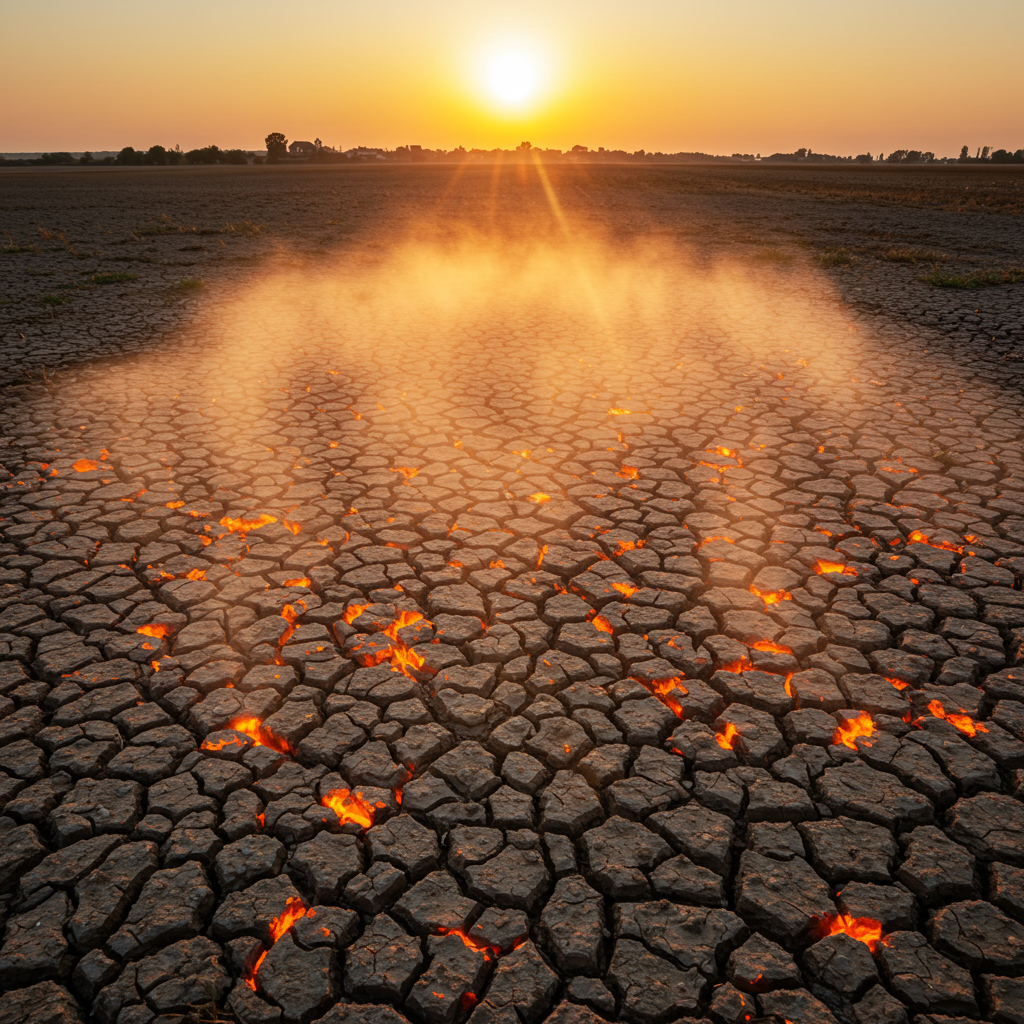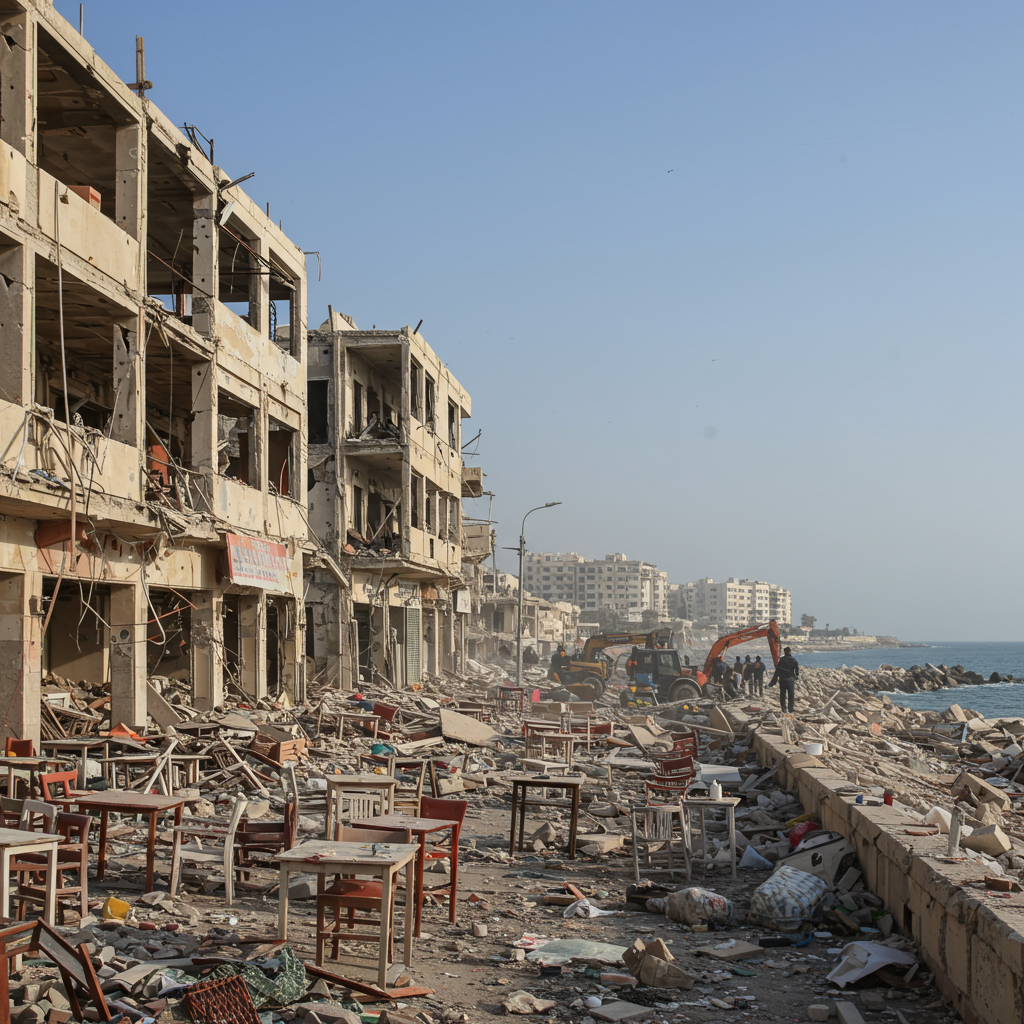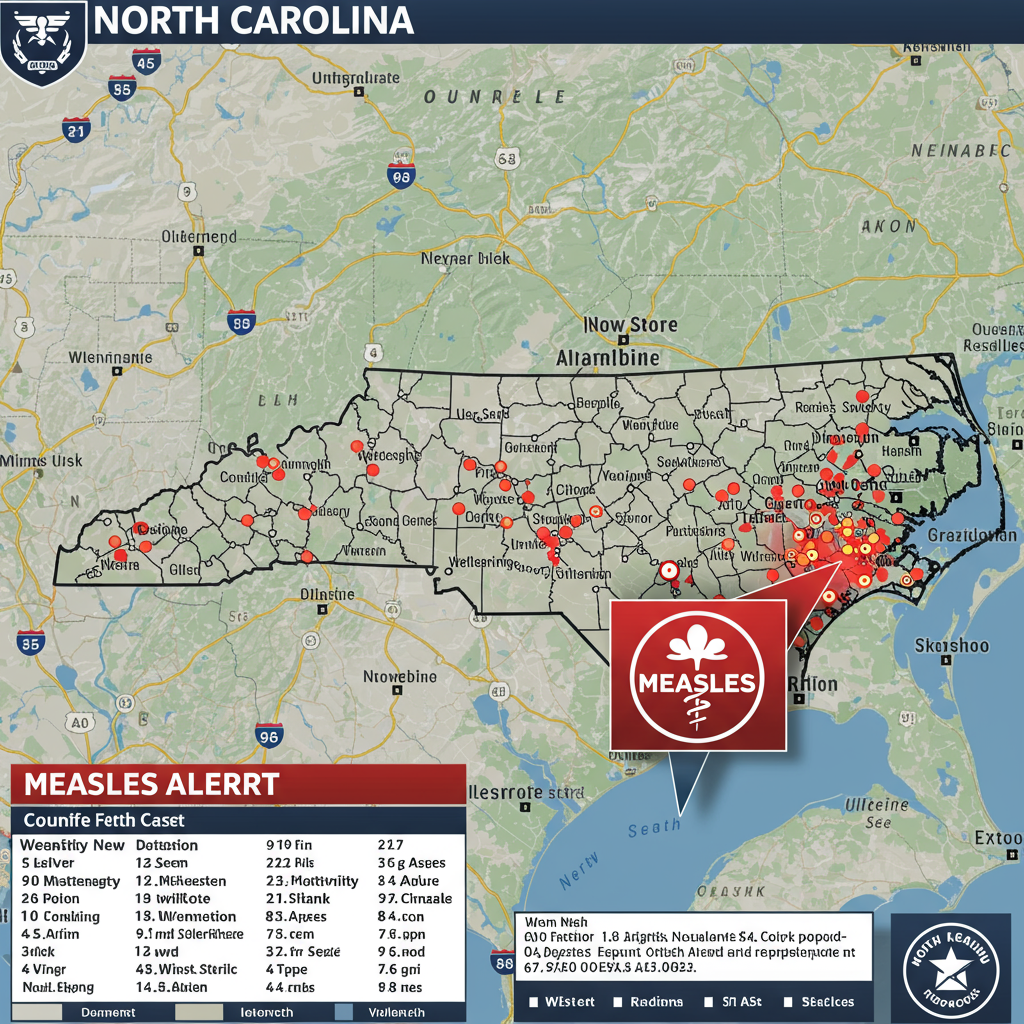Intense aerial barrages rocked ukraine and russia on July 4, 2025, marking a significant escalation in the ongoing conflict. Ukraine reported that Russia unleashed its largest air attack since the full-scale invasion began, while Ukrainian drone strikes targeted multiple regions inside Russia, resulting in casualties and widespread disruption. These fierce exchanges unfolded hours after Russian President Vladimir Putin and former U.S. President Donald Trump discussed the war, highlighting the persistent challenges in finding a diplomatic path forward.
Intense Aerial Barrages Across Ukraine
Ukrainian authorities described the overnight assault as unprecedented in scale. According to Ukrainian air force spokesperson Yuriy Ihnat, Russia launched a massive barrage involving approximately 550 drones and missiles in a single night. The capital, Kyiv, bore the brunt of some strikes. Mayor Vitali Klitschko reported that at least 23 people in Kyiv were wounded. The attacks also inflicted significant damage on critical infrastructure, particularly affecting railway lines. Ukraine’s national railway company confirmed that passenger trains were forced to divert, leading to delays of up to two hours across the network.
Ukrainian President Volodymyr Zelensky swiftly condemned the scale of the Russian attack. He asserted that such strikes against civilians and vital infrastructure were stark “evidence that without truly large-scale pressure, Russia will not change its dumb, destructive behavior.” Zelensky called for immediate and impactful international responses, urging that “For every such strike against people and human life, they must feel appropriate sanctions and other blows to their economy, their revenues, and their infrastructure.” Russia’s Defense Ministry later issued a statement claiming its large-scale air assault was a “high-precision” retaliation for what it termed “the Kyiv regime’s acts of terrorism.”
Ukrainian Strikes Hit Russian Territory
Simultaneously, Ukraine launched drone strikes deep into Russian territory, impacting southern and central regions. These strikes caused casualties and significant power outages, underscoring Ukraine’s growing capability to target Russian infrastructure. In the Rostov region, acting Governor Yury Slyusar reported a drone crashing into a two-story apartment building in the village of Dolotinka. Tragically, the crash killed an elderly retired teacher.
In the nearby town of Shakhty, another drone strike left 2,000 homes without electricity. Governor Slyusar confirmed that no injuries were reported in Shakhty. The Moscow region also experienced drone activity. Governor Andrei Vorobyov stated that four drones crashed in the Sergiyev Posad district. These incidents resulted in injuries to two people and damaged a power substation. The substation damage caused a massive power cut, leaving approximately 42,000 residents in the Sergiyev Posad district without electricity.
Russia’s Defense Ministry claimed its air defense systems successfully intercepted 48 Ukrainian drones across five regions overnight. Specifically, the ministry reported shooting down 26 drones over the Rostov region. However, the ministry’s report did not mention any drones being downed over the Moscow region, which appears to contradict the local governor’s report of multiple drone crashes in Sergiyev Posad. As a direct safety precaution following the drone incursions, civil aviation authorities briefly grounded flights in several Russian cities. Airports in Volgograd, Samara, Saratov, Yaroslavl, Kazan, and Nizhnekamsk experienced temporary operational halts.
Diplomatic Efforts Amidst Renewed Violence
These intense military actions occurred mere hours after Russian President Vladimir Putin engaged in a phone conversation with former U.S. President Donald Trump. The hourlong discussion reportedly focused on the ongoing war in Ukraine. Following the call, Trump commented that he “didn’t make any progress” on achieving an end to the conflict. Trump has actively sought to mediate a peace settlement since taking office in January, having previously facilitated direct peace negotiations between the warring sides.
Despite these efforts, substantial breakthroughs remain elusive. While Ukraine and Russia have managed to agree to a number of prisoner exchanges, they have been unable to commit to a temporary ceasefire. The White House has reportedly been pushing for such a truce for several months. Adding to the pessimistic outlook, President Putin recently stated that Moscow and Kyiv were “nowhere close” to reaching a peace deal. He described the demands from both sides as “absolutely contradictory.” This context of stalled diplomacy highlights the significant challenges in de-escalating the conflict despite renewed pressure for a resolution.
Prisoner Exchange Provides Limited Positive News
Amidst the violence and diplomatic deadlock, a limited sign of potential cooperation emerged. On July 4, Russia and Ukraine carried out their eighth prisoner exchange since direct peace talks were held in Istanbul on June 2. Russia’s Defense Ministry first announced the exchange, stating that Russian military personnel had returned from Ukrainian-controlled territory. Ukraine’s President Volodymyr Zelensky confirmed the exchange, noting that most returned Ukrainian service members had been held captive since 2022.
Zelensky reaffirmed Ukraine’s commitment to bringing all its citizens home, thanking those involved in facilitating these exchanges and stressing their importance. Neither side officially disclosed the exact number of prisoners exchanged. However, Russia’s state-run TASS news agency, citing an anonymous source, reported it was an “equal exchange.” The report also indicated the exchange included two civilians from Russia’s Kursk region. President Zelensky confirmed civilians were among the returned Ukrainians, alongside soldiers, National Guard members, and border guards. The exchange is based on agreements from the June 2 Istanbul talks to exchange wounded, ill, or under-25 service members. Following the exchange, Russia reported its troops were transferred to Belarus for psychological and medical support.
Chemical Weapons Use Concerns Escalate
Adding another layer to the conflict’s grim picture, Dutch and German intelligence agencies recently issued a joint statement raising alarms about Russia’s alleged increasing use of chemical weapons in Ukraine. The intelligence services, including the Dutch MIVD/AIVD and Germany’s BND, stated they had gathered evidence of Russian forces using chloropicrin in addition to tear gas. Chloropicrin is a dangerous substance potentially “fatal when used in high concentrations in enclosed spaces.”
The agencies asserted that Russia’s military leadership and its radiological, chemical, and biological defense forces are actively supporting this use. They characterized the deployment of tear gas and chloropicrin as having become “standard practice and commonplace,” predicting it will “highly probably remain a threat.” Dutch Defense Minister Ruben Brekelmans labeled the “systemic and large-scale” use a “slippery slope,” posing a danger beyond Ukraine. Intelligence findings referenced Ukrainian data documenting over 9,000 chemical attacks since 2022. At least three Ukrainian deaths are reportedly linked directly to chemical exposure. Indirectly, chemical use forces troops from cover, increasing vulnerability to conventional weapons and leading to “far greater numbers of Ukrainian victims.” The findings follow US sanctions on Russia in May for alleged chemical weapons use. Russia denies these accusations.
Security Fears Disrupt Russian Events
Internal security concerns within Russia have also become increasingly apparent. Authorities in St. Petersburg reportedly canceled the main annual Russian naval parade for security reasons. The event, traditionally held on the last Sunday of July (planned for July 27th this year) and hosted in St. Petersburg as the Baltic Fleet’s home base, has been significantly downsized. Instead of a full parade, a wreath-laying ceremony and public festivities on Palace Square are planned. Preparations for the larger display reportedly halted before rehearsals began.
While no immediate official confirmation of the cancellation was available, local news outlet Fontanka reported the decision, citing unnamed sources. This marks the second consecutive year the St. Petersburg parade has been impacted by security issues. The 2024 event saw activities in Kronstadt canceled for similar reasons. Reports from news outlets last year indicated Russian security services warned of potential attacks targeting naval vessels. A New York Times report specifically noted that then-US Defense Secretary Lloyd Austin had calls with his Russian counterpart following intelligence warnings, urging Ukraine against potential operations around the parade. The repeated curtailment of this significant military event highlights ongoing security anxieties, particularly concerning naval assets and large public gatherings.
Tragedy Strikes Russian Energy Sector
Adding to the backdrop of news from the same period, the death of Andrei Badalov, 62, Vice President of Transneft, Russia’s state-owned oil pipeline monopoly, was reported. According to state media, Badalov allegedly died after falling from a window at his home in the upscale Moscow suburb of Rublyovka. State-run TASS news agency, citing a law enforcement source, stated Badalov’s body was found beneath the windows of a residence, and the preliminary cause of death was considered suicide. A preliminary investigation is underway.
Transneft confirmed Badalov’s death but did not comment on the circumstances. The company noted Badalov’s tenure involved a “difficult and stressful period,” linking it to Western sanctions. Badalov oversaw digital transformation initiatives since July 2021. His death is the latest in a concerning pattern of high-profile, unexplained deaths among senior Russian energy executives since the 2022 invasion. At least four such deaths occurred in 2022 linked to Gazprom, with others involving executives from Novatek and Lukoil.
Frequently Asked Questions
What was the scale and impact of the major aerial attacks reported on July 4, 2025?
On July 4, 2025, both Russia and Ukraine launched significant aerial assaults. Ukraine reported Russia used around 550 drones and missiles in its largest attack since the invasion began, wounding at least 23 in Kyiv and damaging railways. Simultaneously, Ukraine’s drone strikes hit Russian regions like Rostov, killing an elderly woman, and the Moscow region, wounding two and causing massive power outages for tens of thousands. Russia claimed to intercept many drones but reports varied regionally.
What is the current status of diplomatic efforts and prisoner exchanges between Russia and Ukraine?
Diplomatic efforts remain challenging. A phone call between Presidents Putin and Trump hours before the attacks yielded no reported progress on ending the war. Despite ongoing mediation attempts and White House pushes for a ceasefire, Russia and Ukraine’s demands remain “absolutely contradictory,” according to Putin. However, a limited form of cooperation continues; the eighth prisoner exchange since June 2 talks occurred on July 4, returning military personnel and civilians, though numbers weren’t officially disclosed.
What did recent intelligence reports reveal about the use of chemical weapons in the conflict?
Joint intelligence from Dutch and German agencies indicates Russia is increasingly using chemical weapons like chloropicrin and tear gas, calling it “standard practice.” They assess military leadership supports this. Based on Ukrainian data, over 9,000 chemical attacks have been recorded since 2022, with at least three deaths linked to exposure and many more victims indirectly due to forced displacement. The agencies called for tougher international responses like sanctions and isolation against Russia.
The intense aerial exchanges on July 4, 2025, underscore the continued brutality and complexity of the conflict. Despite international efforts, diplomatic progress remains limited, while the human cost continues to rise. Developments regarding chemical weapons use and internal security concerns in Russia further highlight the multi-faceted nature of the ongoing war.
Word Count Check: 1015



